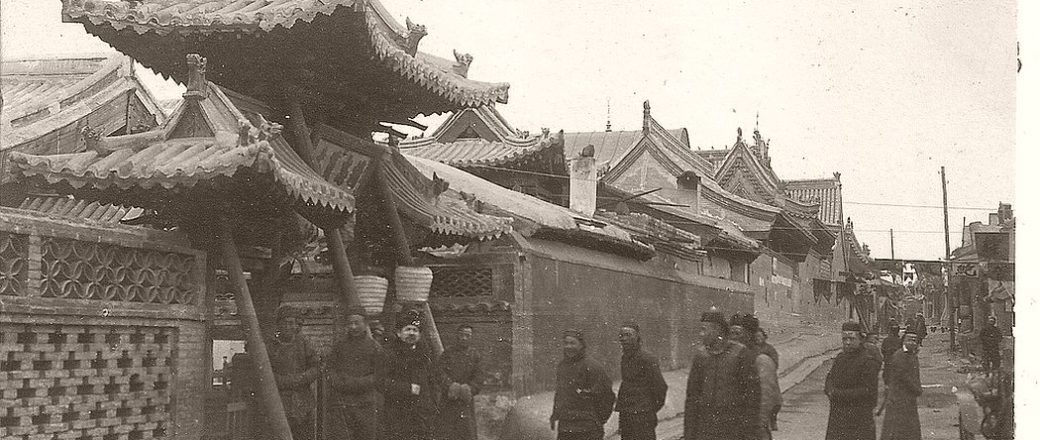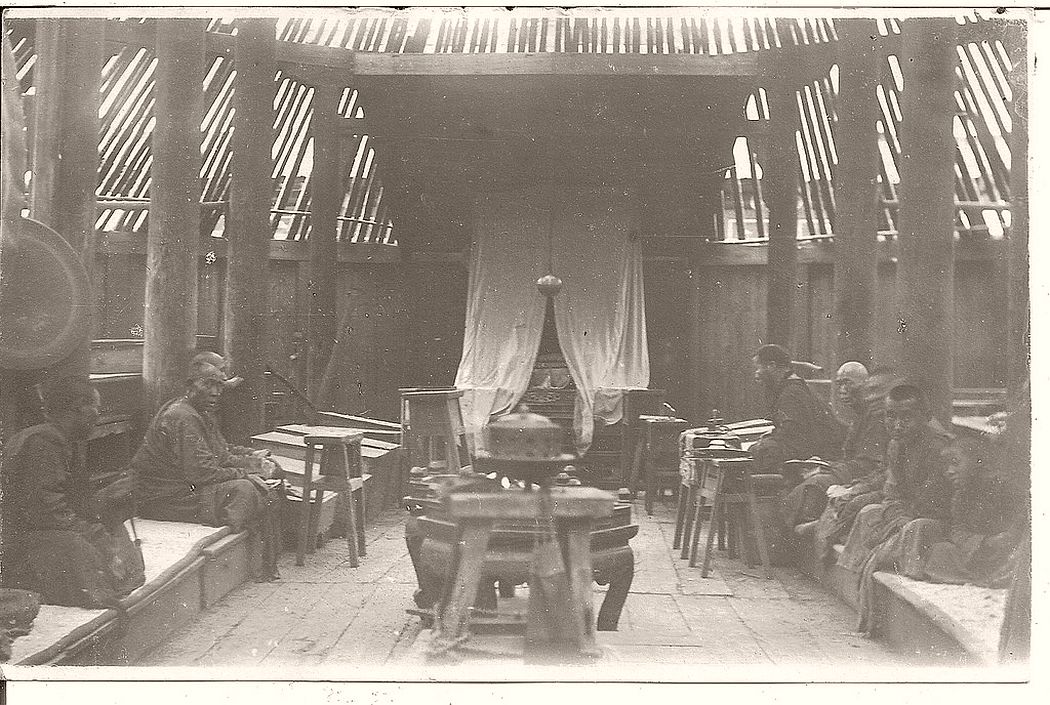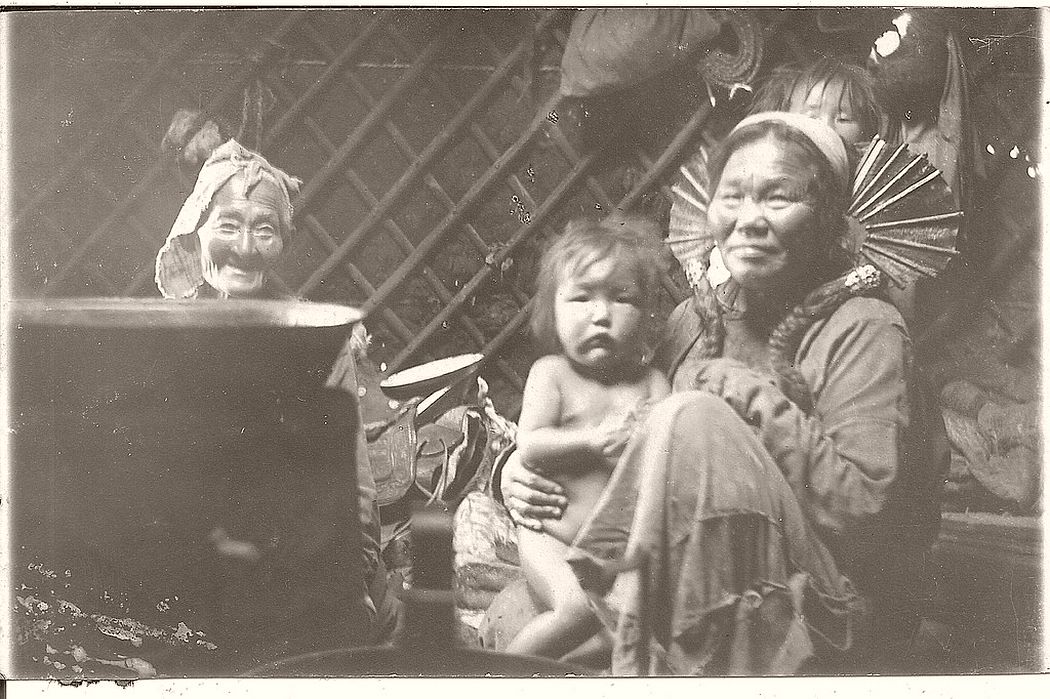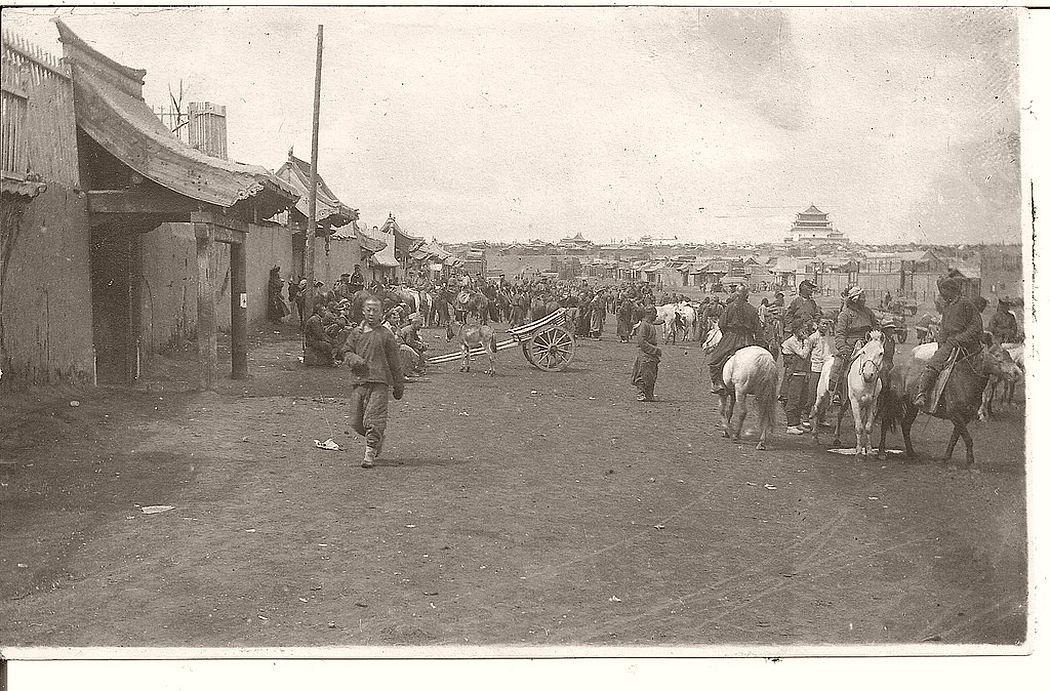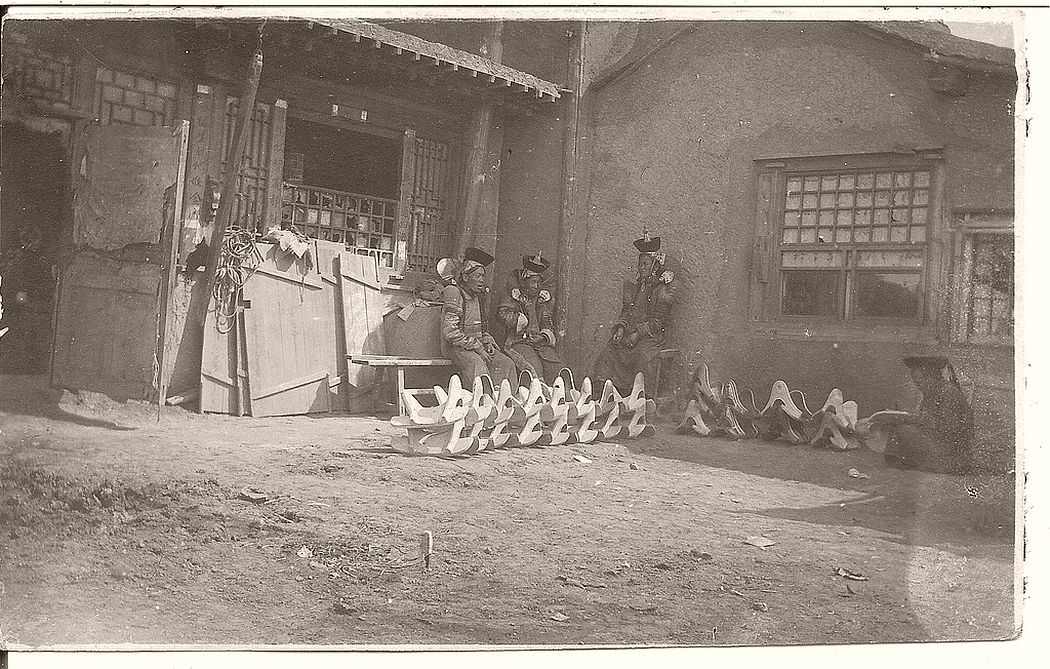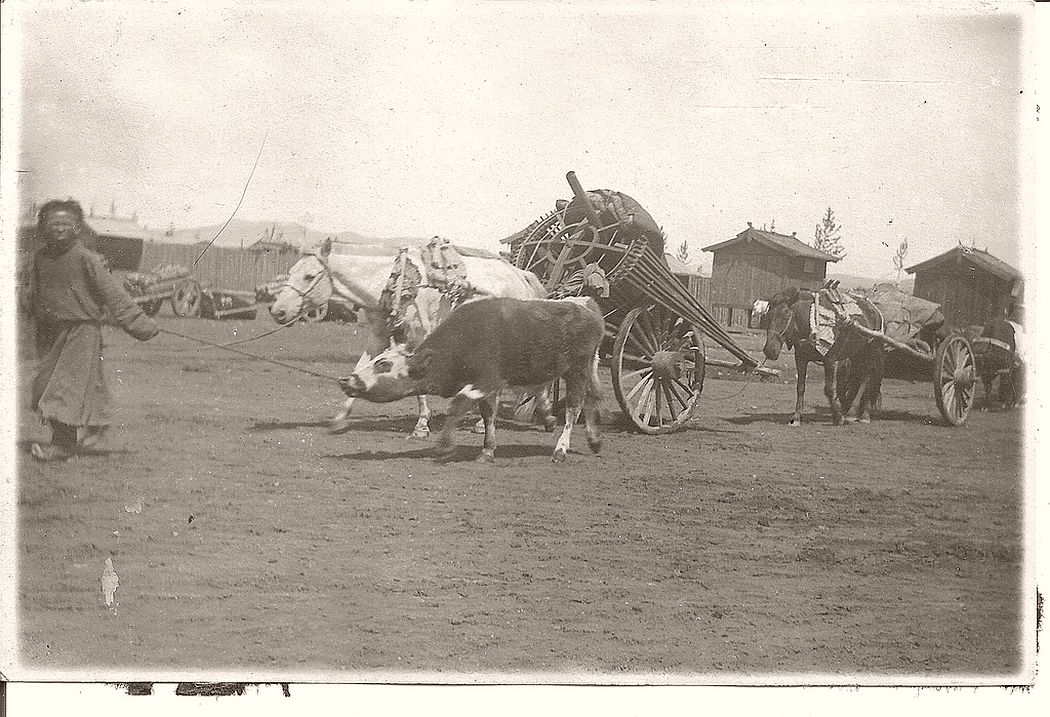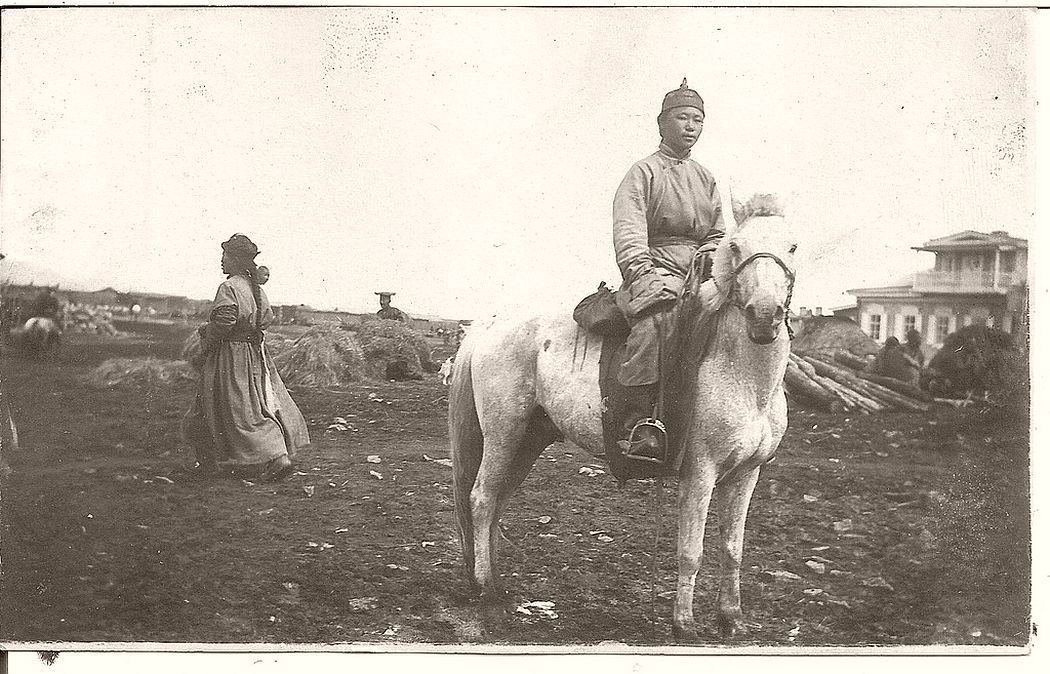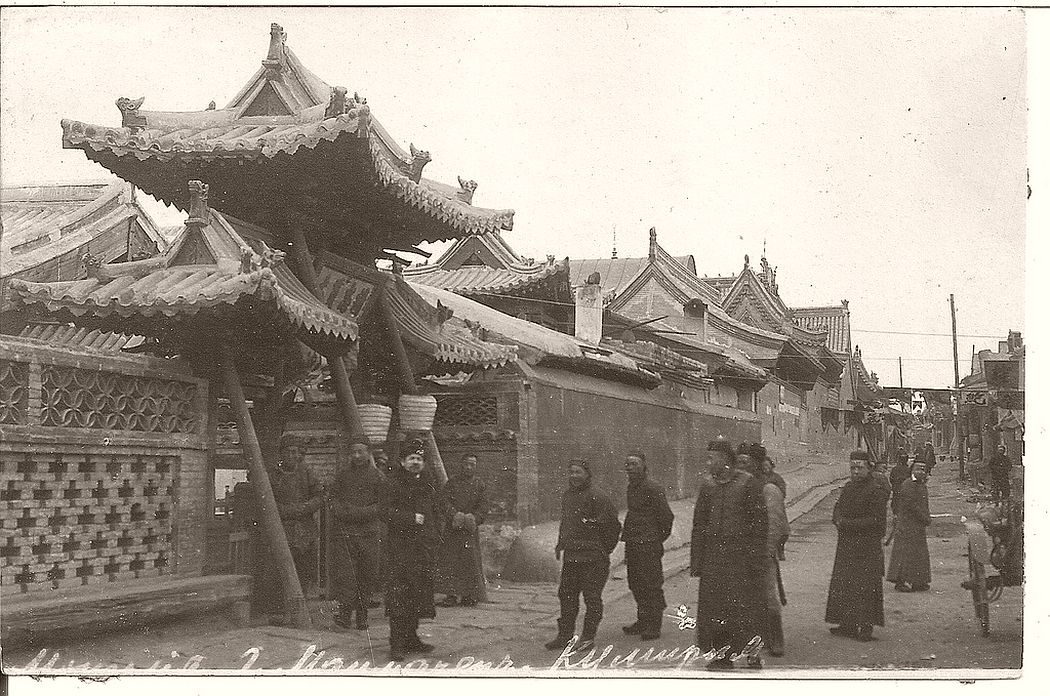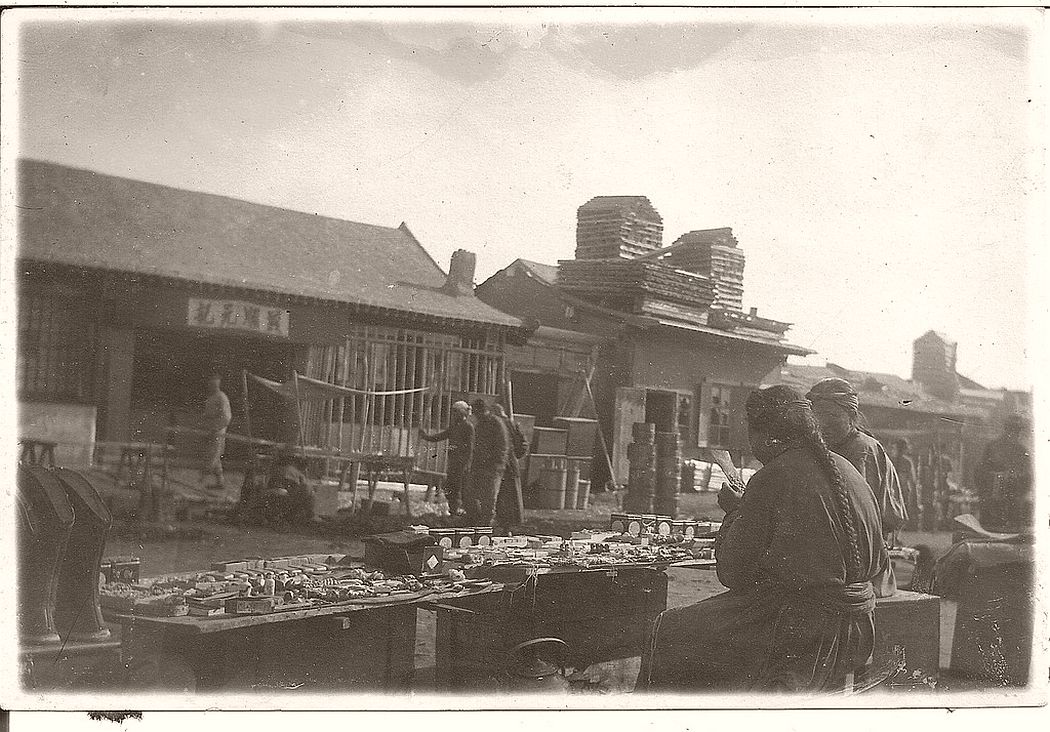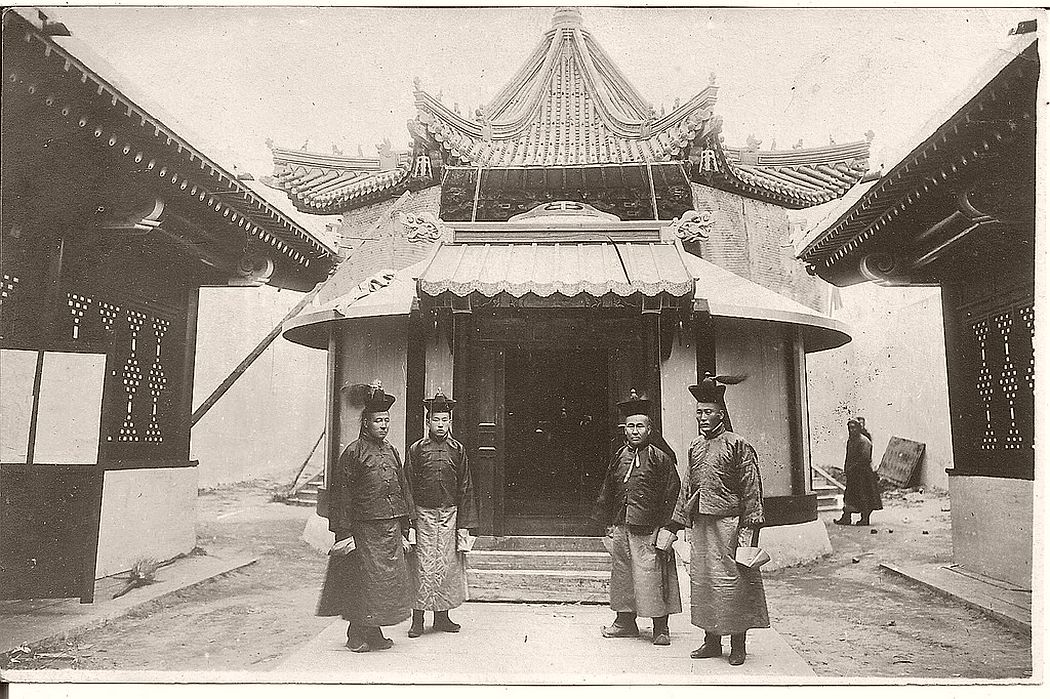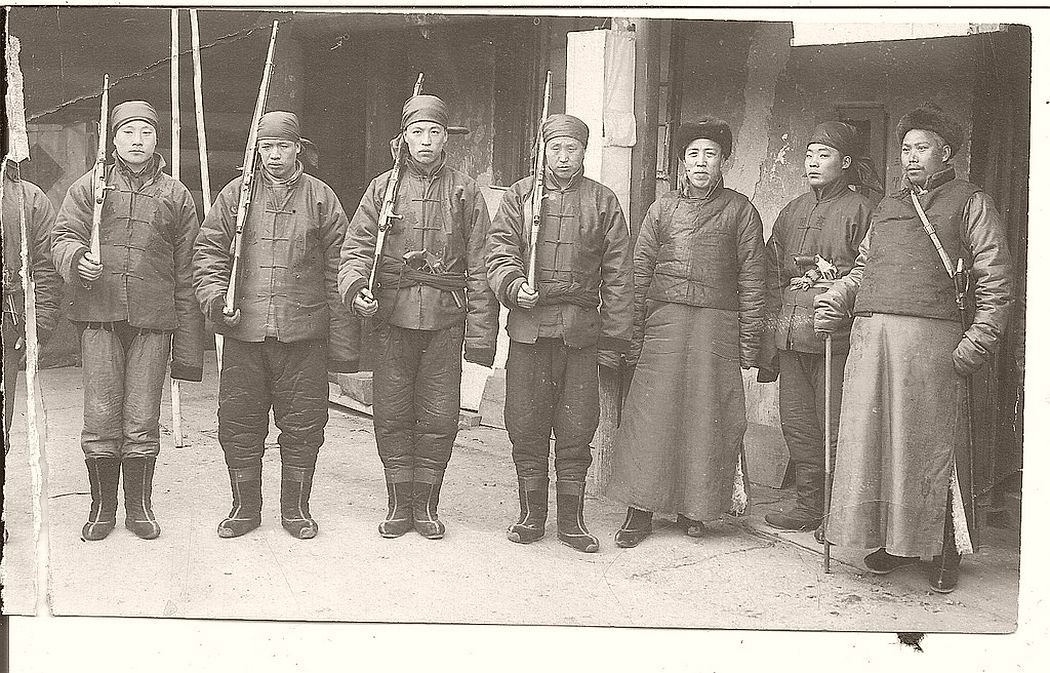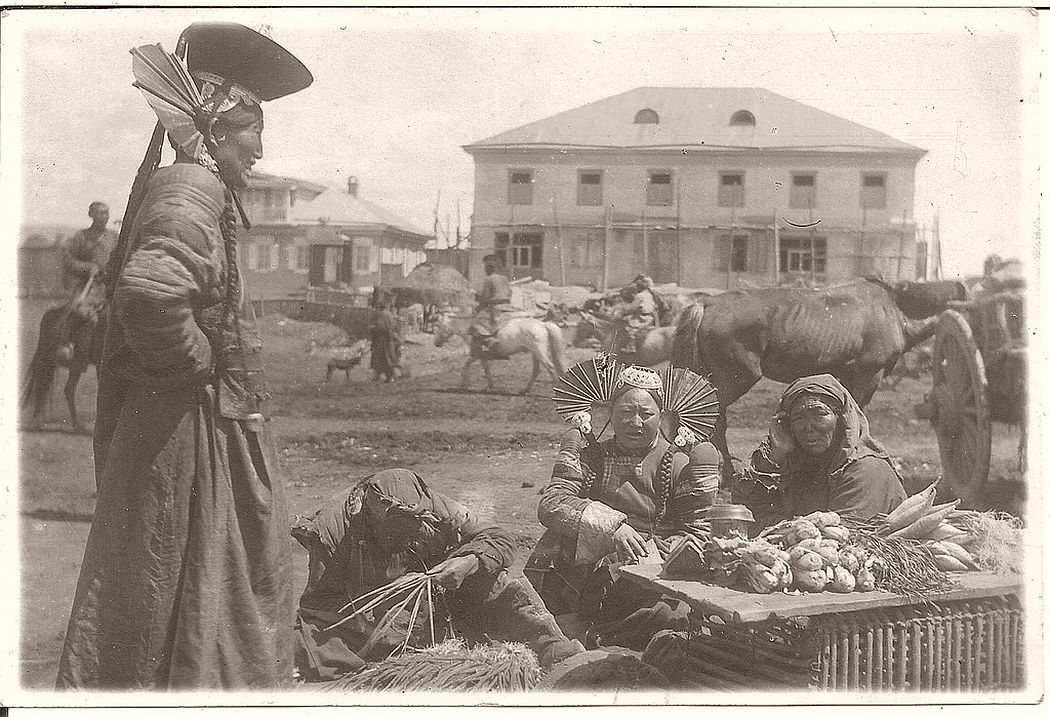With the fall of the Qing dynasty in 1911, Mongolia under the Bogd Khaan declared independence. But, the newly established Republic of China considered Mongolia to be part of its own territory. Yuan Shikai, the President of the Republic of China, considered the new republic to be the successor of the Qing. Bogd Khaan said that both Mongolia and China had been administered by the Manchu during the Qing, and after the fall of the Qing dynasty in 1911, the contract of Mongolian submission to the Manchu had become invalid.
The area controlled by the Bogd Khaan was approximately that of the former Outer Mongolia during the Qing period. In 1919, after the October Revolution in Russia, Chinese troops led by Xu Shuzheng occupied Mongolia. Warfare erupted on the northern border. As a result of the Russian Civil War, the White Russian Lieutenant General Baron Ungern led his troops into Mongolia in October 1920, defeating the Chinese forces in Niislel Khüree (Ulaanbaatar) in early February 1921 with support by Mongols.
To eliminate the threat posed by Ungern, Bolshevik Russia decided to support establishing a communist Mongolian government and army. This Mongolian army took the Mongolian part of Kyakhta from Chinese forces on March 18, 1921, and on July 6 Russian and Mongolian troops arrived in Khüree. Mongolia declared its independence again on July 11, 1921. As a result, Mongolia was closely aligned with the Soviet Union over the next seven decades.
In 1924, after the Bogd Khaan died of laryngeal cancer or, as some sources claim, at the hands of Russian spies, the country’s political system was changed. The Mongolian People’s Republic was established. In 1928, Khorloogiin Choibalsan rose to power. The early leaders of the Mongolian People’s Republic (1921–1952) were not communists and many of them were Pan-Mongolists. The Soviet Union forcefully established a communist regime in Mongolia by later exterminating Pan-Mongolists. In the 1960s, Soviets recognized the Mongolian People’s Party as “real” communists, who took power after the suspicious death of Pan-Mongolist leader Choibalsan.
Damdin Sükhbaatar
Khorloogiin Choibalsan instituted collectivisation of livestock, began the destruction of the Buddhist monasteries, and carried out the Stalinist repressions in Mongolia, which resulted in the murders of numerous monks and other leaders. In Mongolia during the 1920s, approximately one-third of the male population were monks. By the beginning of the 20th century, about 750 monasteries were functioning in Mongolia.
via Mongoloved

